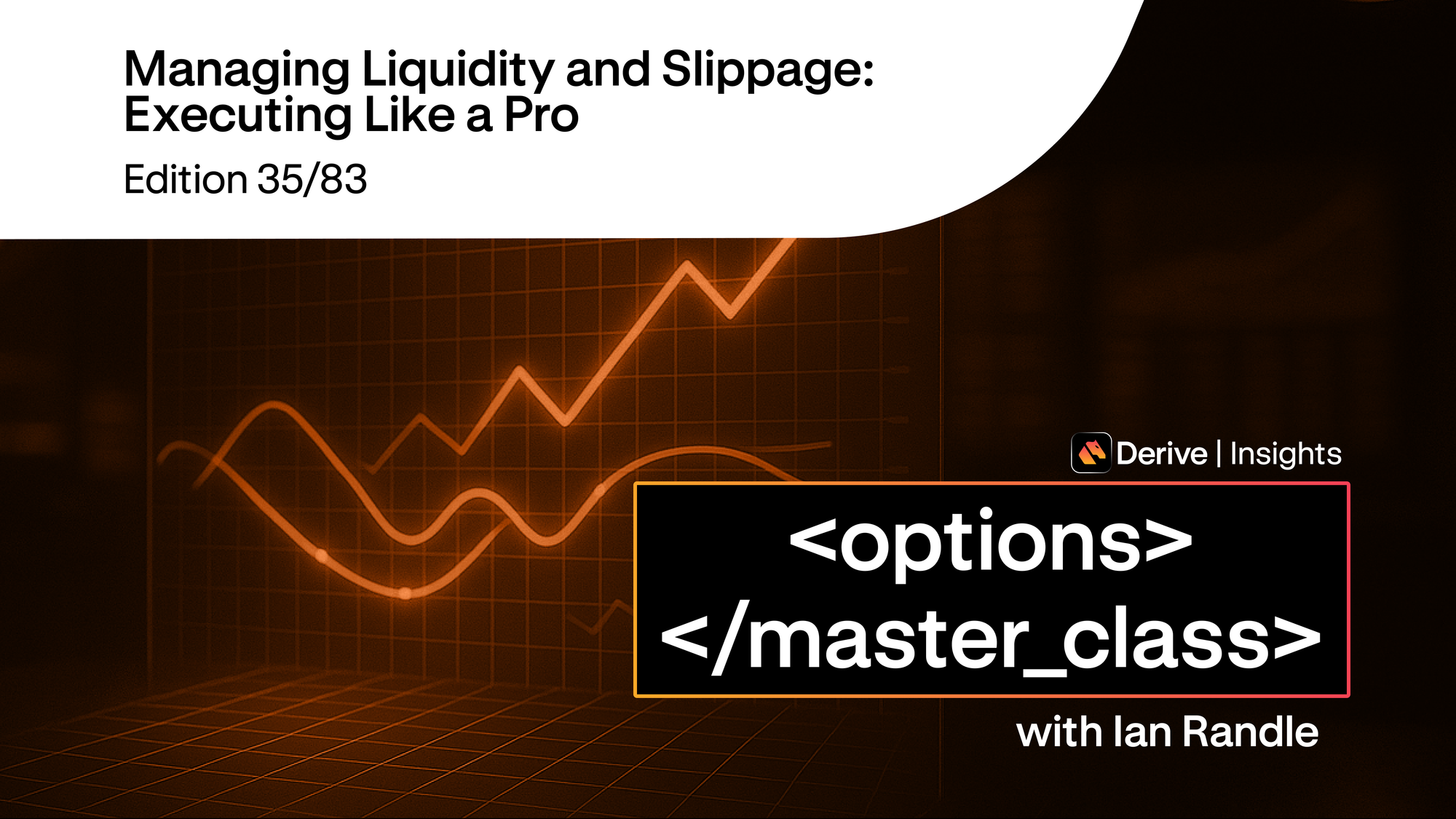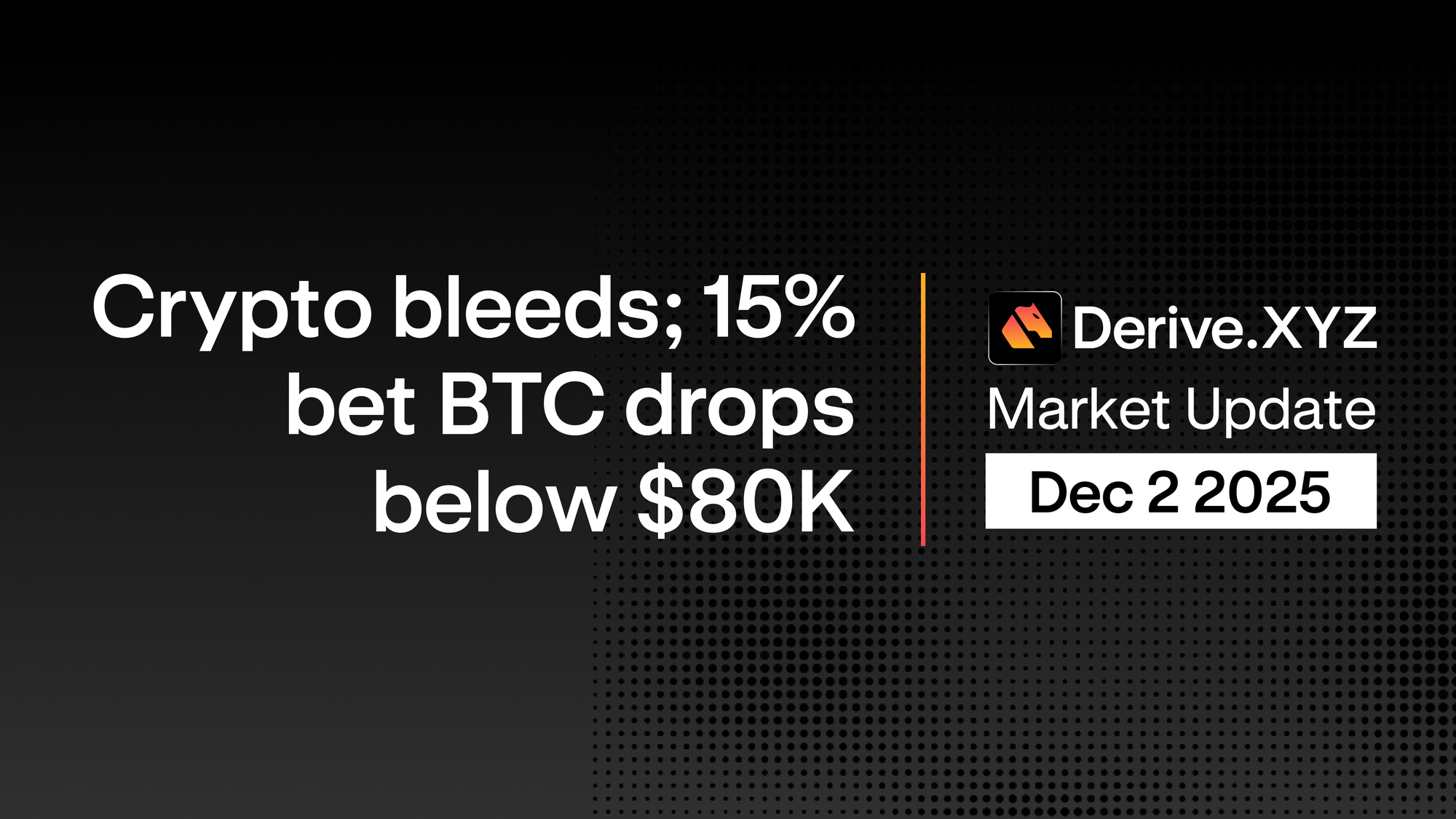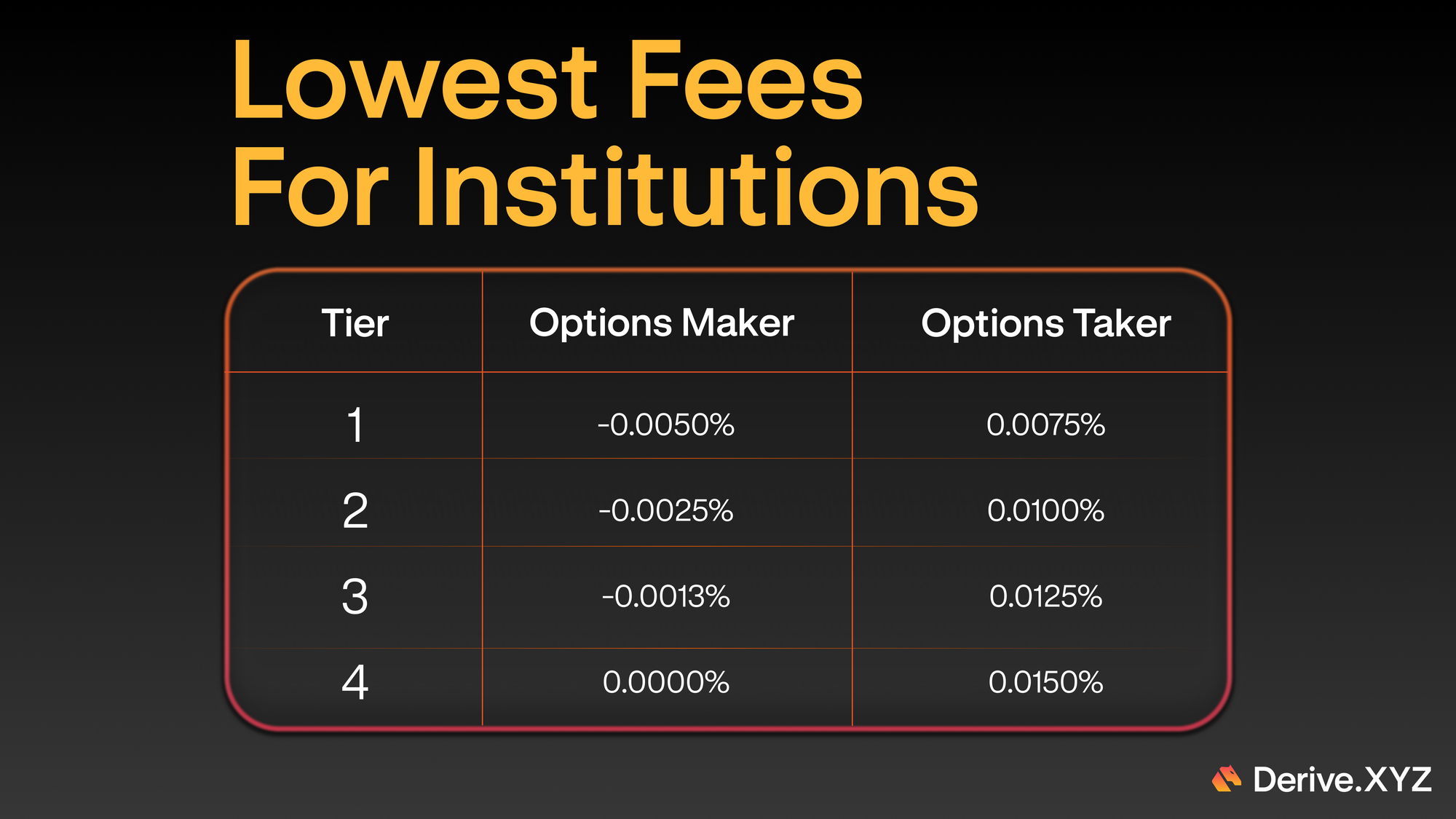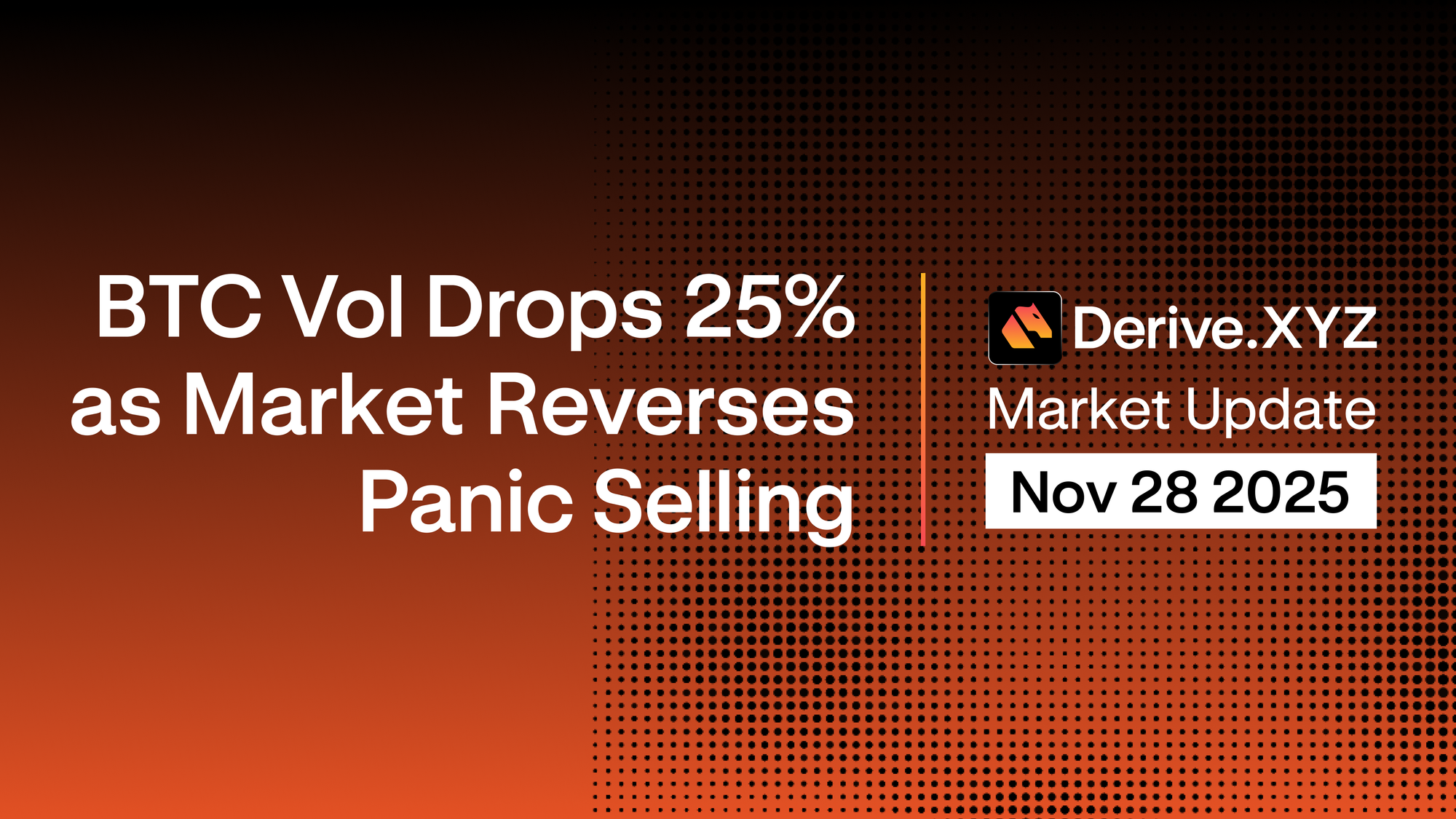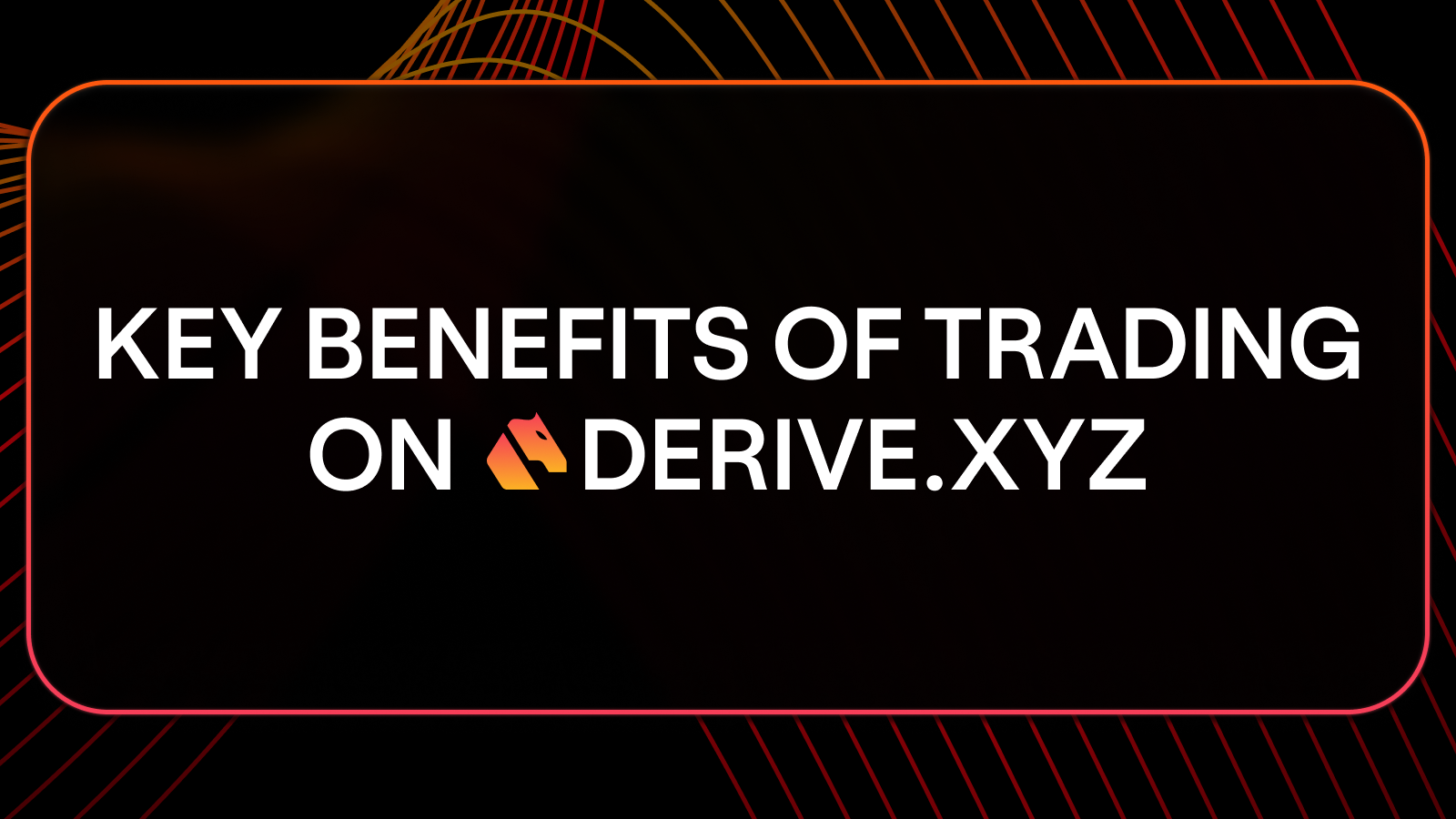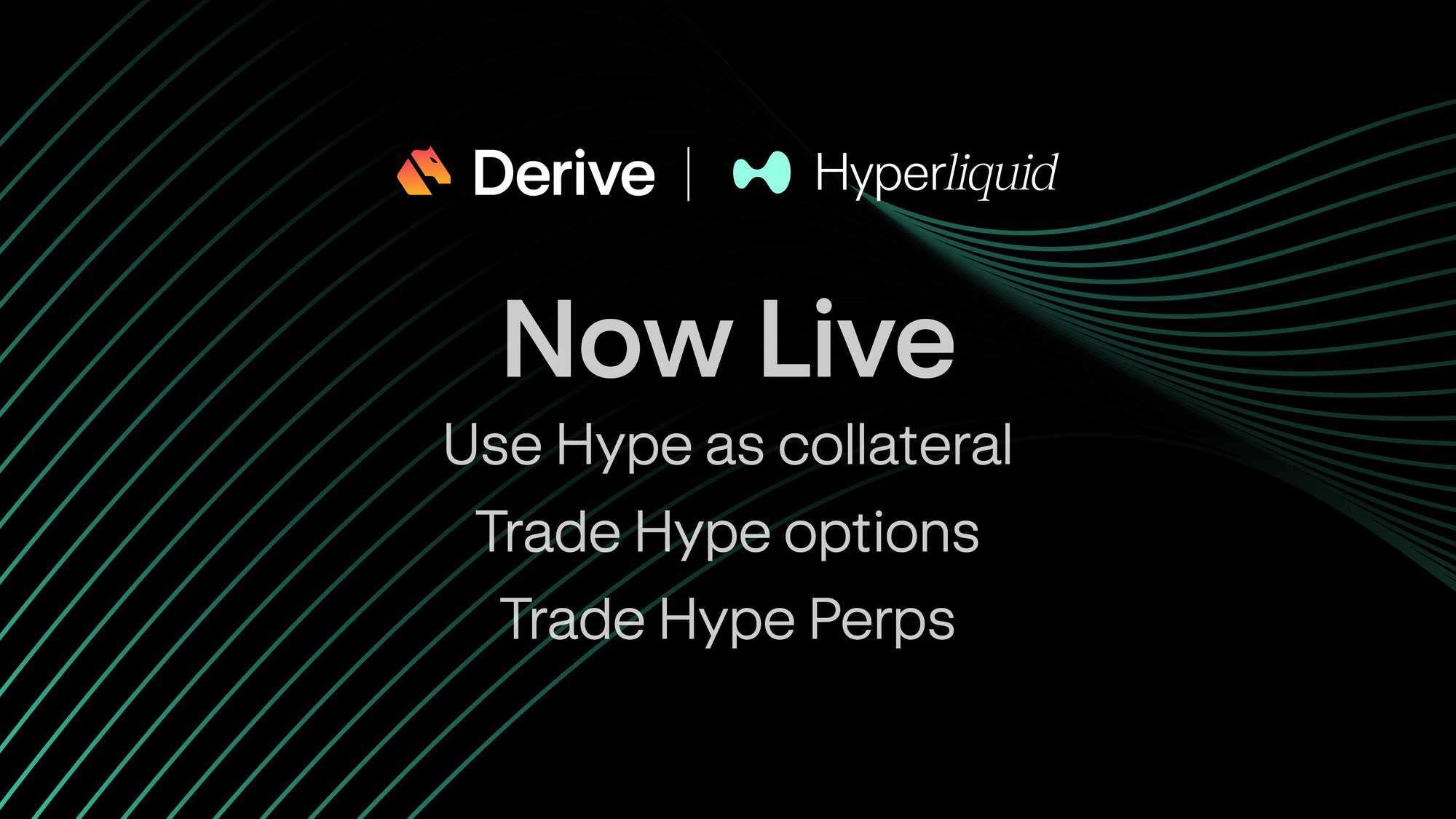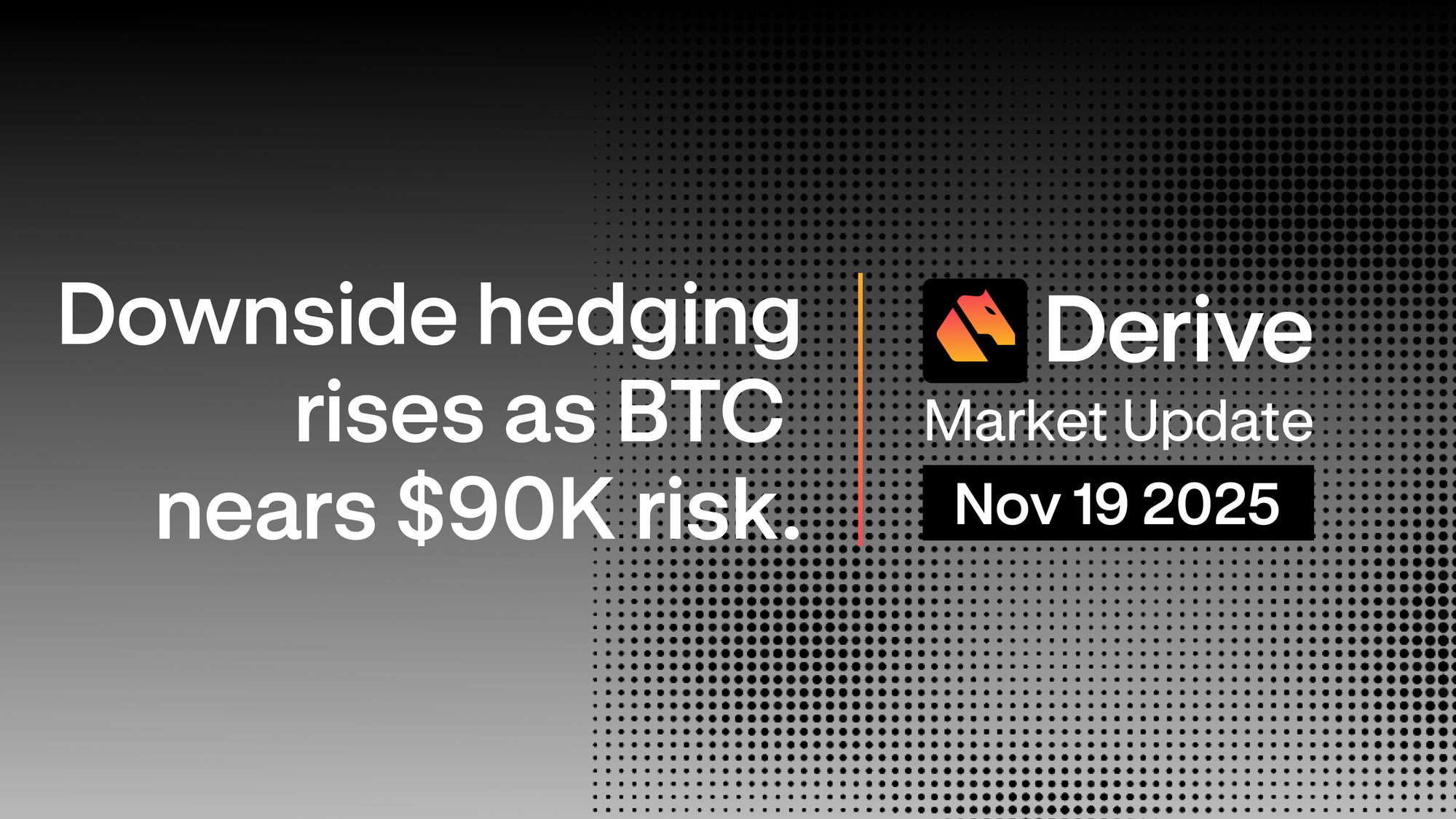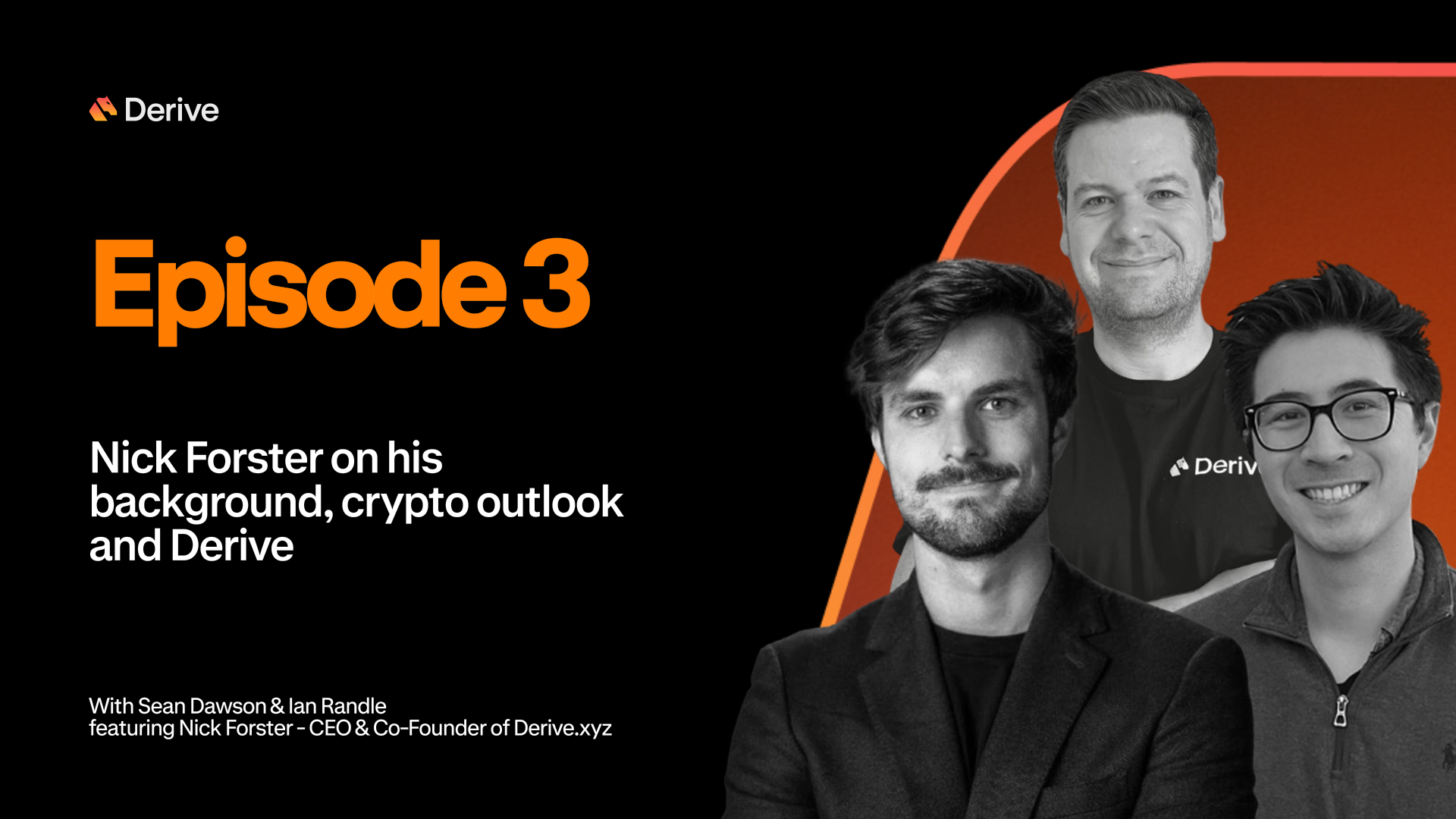Even the best strategy can fail if you give up too much edge in execution. Master your entries and exits.
Many traders obsess over strategy, Greeks, and setups, but leave money on the table by neglecting liquidity and slippage.
In crypto options, where order books and liquidity can vary widely, smart execution makes a direct difference in PnL.
What Are Liquidity and Slippage?
- Liquidity is the ability to enter or exit a position without significantly moving the market price.
- Slippage is the difference between the expected execution price and the actual fill price.
High liquidity means tighter spreads and less slippage.
Low liquidity increases trading costs, especially for larger trades or when urgency is high.
How to Measure Liquidity
- Order book depth: Look at the size and number of bids and offers near the current price.
- Bid-ask spread: Narrower spreads mean better liquidity.
- Trade volume: Higher recent volume often signals more consistent fills.
- Market impact: How much does the price move when you trade your typical size?
Best Practices for Minimizing Slippage
1. Use Limit Orders:
Never cross the spread blindly unless you must. Limit orders let you define your price.
2. Break Up Large Orders:
Slice larger trades into smaller pieces to avoid impacting the market.
3. Watch Volatility:
During major moves, spreads widen and slippage increases. Patience pays.
4. Monitor Live Order Book:
On Derive, watch real-time order book data to time your execution.
5. Compare RFQ and Order Book:
Sometimes you can get a better price by submitting an RFQ (Request For Quote) rather than using the public order book.
On Derive
- Real-time order book and depth charts show liquidity for each strike and expiry.
- Trade RFQ or directly on the order book, whichever offers better pricing.
- Margin and risk update instantly when you fill or adjust.
- Subaccounts help you track execution cost per strategy or time frame.
Your Action Today
- Review the liquidity and spread on your most-traded Derive options.
- Practice using limit orders instead of market orders.
- Test how slicing orders or using RFQ affects your average fill.
- Track execution costs in your trading journal to find hidden PnL leaks.
Tomorrow, we will summarize the entire first third of the masterclass, highlighting core concepts, tools, and habits you should have locked in by now.
Coming tomorrow:
Day 36 – Masterclass Review: Key Lessons from the First 35 Days
Hasta manana
Cpt




